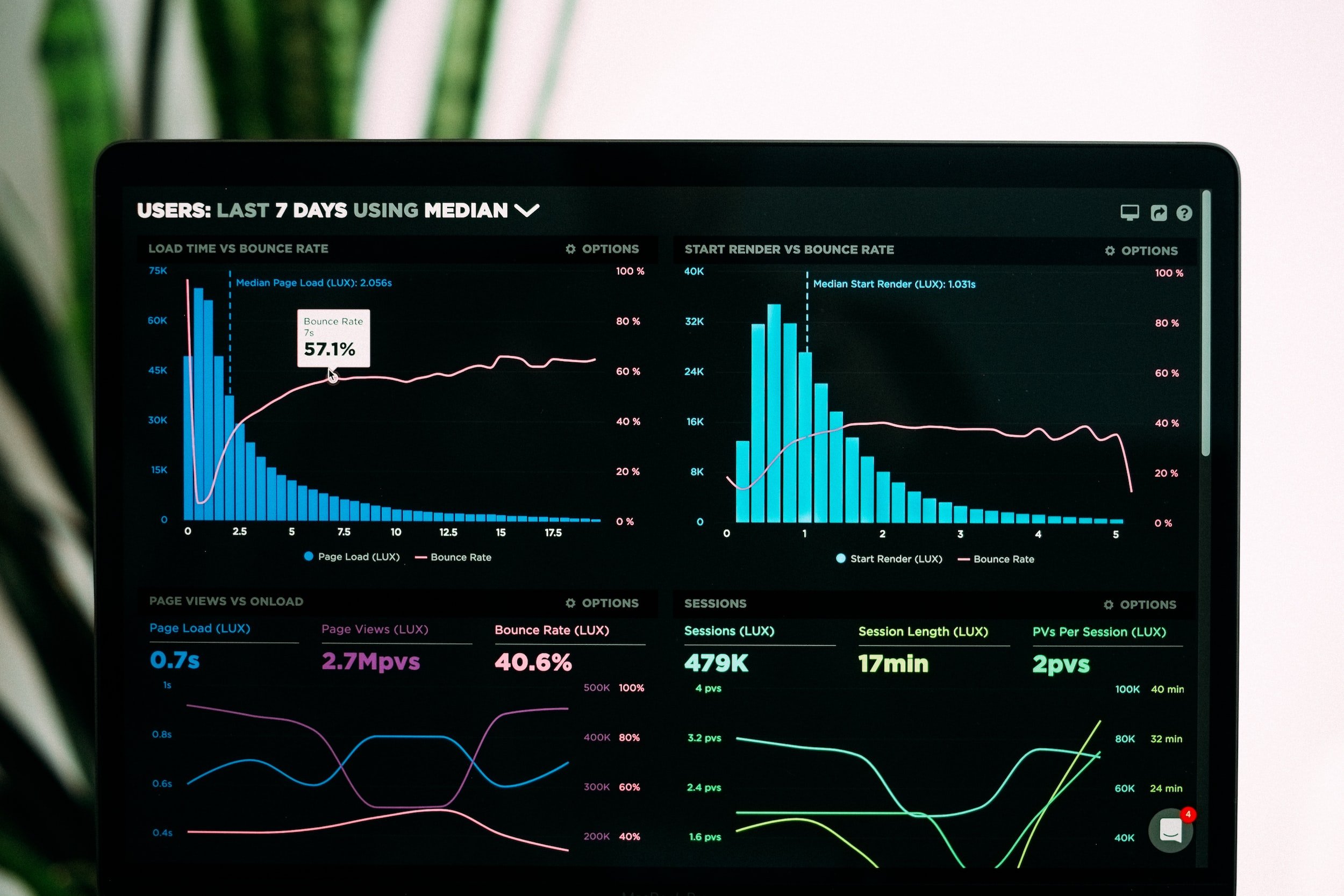When it comes to assessing the health of the economy, one of the most critical indicators that analysts and investors rely on is the yield curve. The yield curve is a graph that plots the yields of U.S. Treasury bonds across various maturities. Typically, the yield curve slopes upward, meaning that longer-term bonds offer higher yields than shorter-term bonds. This is logical because investors usually expect to earn more if they lock their money up for longer. However, when the yield curve inverts, this means that the yields on shorter-term bonds become higher than the yields on longer-term bonds. This inversion has significant implications for the economy and financial markets.
What is an Inverted Yield Curve?
An inverted yield curve is a situation where the yield on shorter-term bonds, such as a two year Treasury bond, is higher than the yield on longer term bonds such as a ten-year Treasury bond. In other words, investors receive a higher annualized return on their investment for purchasing a shorter-term bond than they do for a longer-term bond. This inversion can occur for various reasons, but it typically signals that investors are uncertain about the economic outlook.
Why Does the Yield Curve Invert?
There are several reasons why the yield curve may invert. A yield curve inversion can happen either from short-term rates going up faster than long-term rates, or long-term rates going down more than short-term rates. One of the most common reasons for the first type of inversion is that the Federal Reserve raises short-term interest rates to combat inflation. When the Fed raises interest rates, it increases the rate at which banks lend to each other overnight. This increased rate filters through the financial system increasing the rate of return investors require to invest in short-term bonds. For example, if a bank can earn a higher interest rate lending to another bank overnight than they can buying short-term bonds, the bank will reduce its short-term bond purchases until the point where the rate of return is adequate relative to its other options. Remember, bond prices and interest rates move inversely, so as demand for short-term bonds falls, the price of those bonds fall, which increases their interest rate, also known as yield to maturity. Read more on where you should invest your cash here.
At the same time, as the Fed raises short-term rates, the demand for longer-term bonds may not be materially impacted by a Fed rate hike. This will cause yields on long-term bonds to stay stagnant or only go up marginally in comparison to short-term rates. As a result, the yield curve may invert.
Another reason why the yield curve may invert is that investors become more pessimistic about the economy’s long-term prospects. In this case, there are a few forces at play:
i. Investors may not be willing to accept the risks in equities and other asset classes, and therefore move money into long-term bonds, driving the price of those bonds up and the yield down; or
ii. Investors expect the Fed to lower short-term rates in the near future due to economic weakness. If they believe short-term rates will come down, then the return on longer-term bonds (even though short-term bonds are currently yielding more) may be more favorable over the investors’ holding period. This drives demand for those long-term bonds, which lowers long-term yields.
What Are the Implications of an Inverted Yield Curve?
An inverted yield curve is a reliable predictor of a recession. Since 1950, each time the yield curve has inverted, a recession has followed within a year or two. This is because an inverted yield curve indicates that investors expect economic growth to slow down, causing companies to reduce their capital spending and consumers to cut back on their spending. This, in turn, leads to lower corporate profits, higher unemployment, and typically a decline in the stock market. The bond market is often considered the “smart money” as its exponentially larger than the stock market and is primarily controlled by big institutional players, so it’s a worthwhile indicator to pay attention to.
Is a Yield Curve Inversion a Good Market Timing Mechanism?
It is a blunt tool. Historically a recession and stock market decline has followed an inversion, but it often doesn’t happen for at least 6-12 months after the curve has initially inverted. This can be a significant period of time where investors who sold may miss out on gains near the end of the bull market, which can increase the risk of bad behavior (i.e. buying back in due to fear of missing out, right before it finally tops out). Everyone’s situation is different, but rather than making wholesale changes to your asset allocation, we typically recommend making shifts to become a little bit more conservative or a little bit more aggressive depending on where we are in the cycle. This can satisfy the behavioral need to “do something” while removing the opportunity to be completely wrong on market timing.
What Can you Conclude About An Inverted Yield Curve?
An inverted yield curve is a critical indicator of the economy’s health and prospects. While an inversion does not guarantee a recession, it has been a reliable predictor of one in the past. Investors and analysts pay close attention to the yield curve to assess the economy’s outlook and make investment decisions. Given the yield curve is currently inverted, investors should remain vigilant as the probabilities of a recession have increased.



